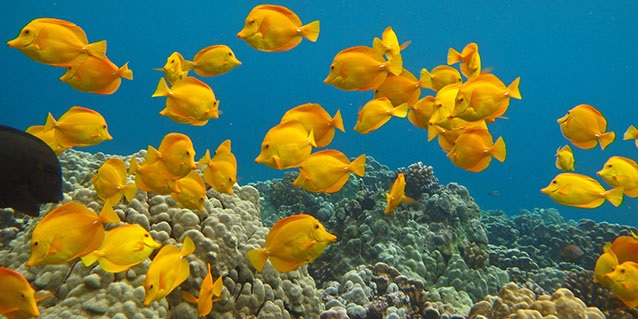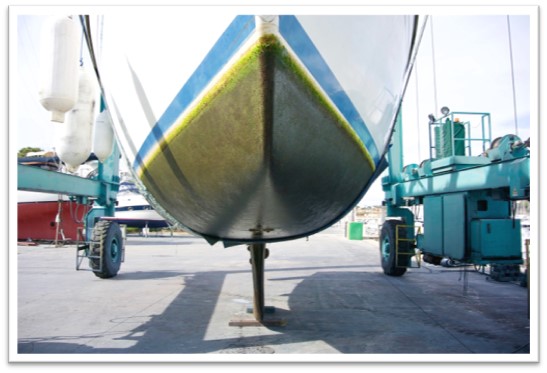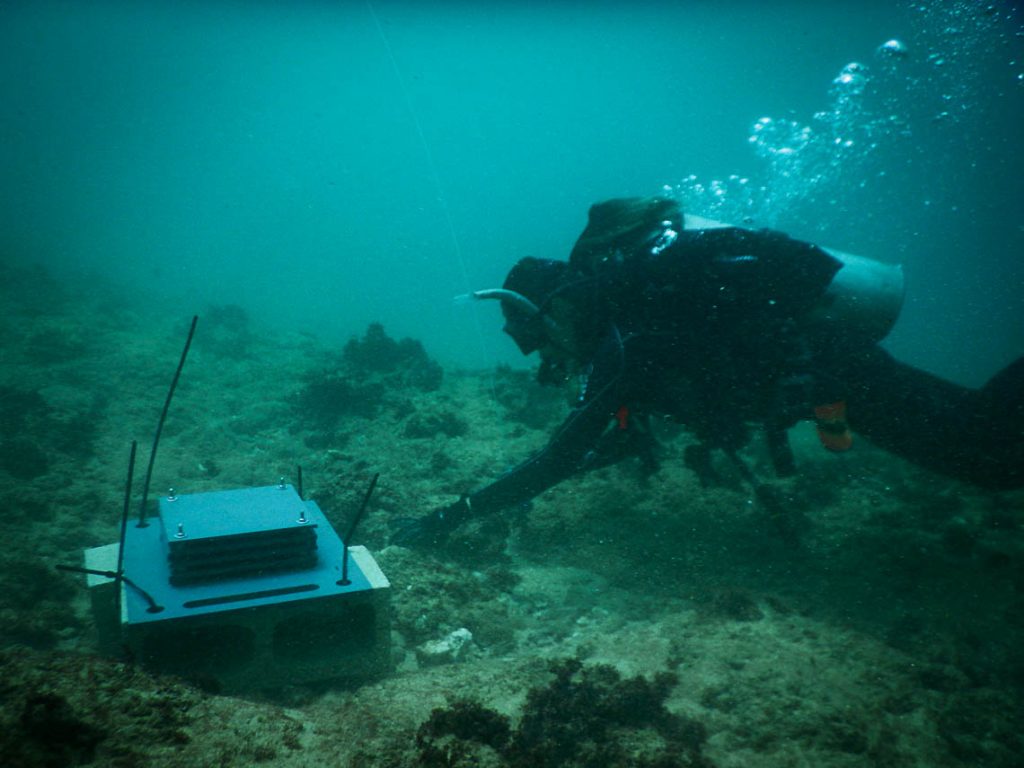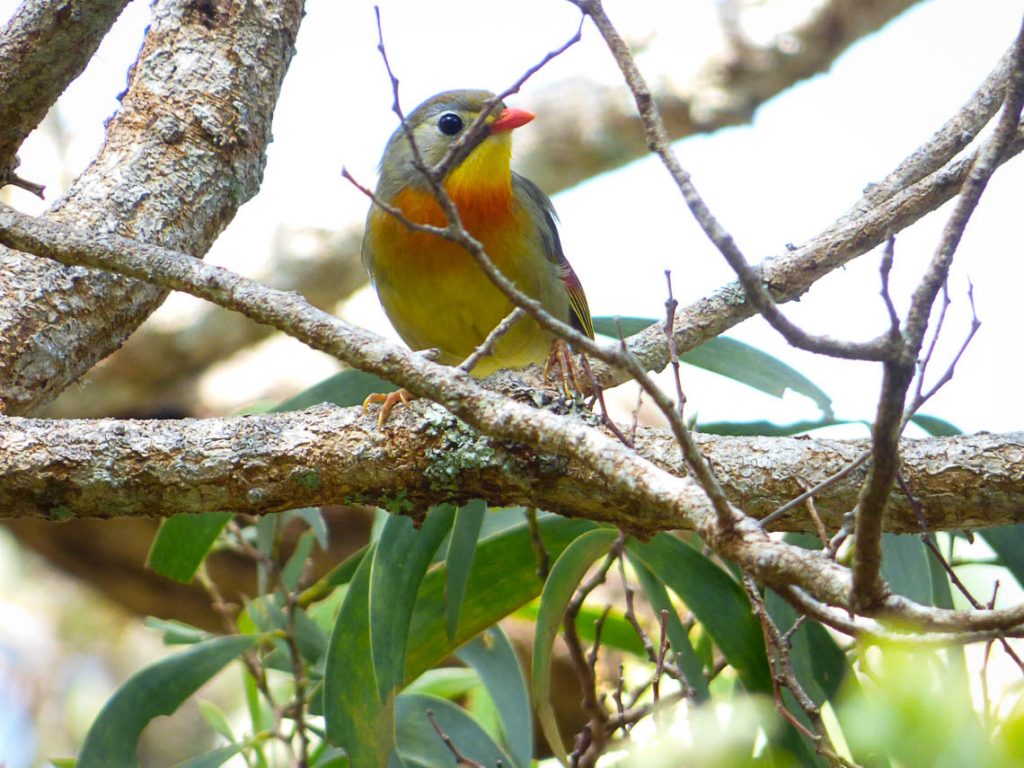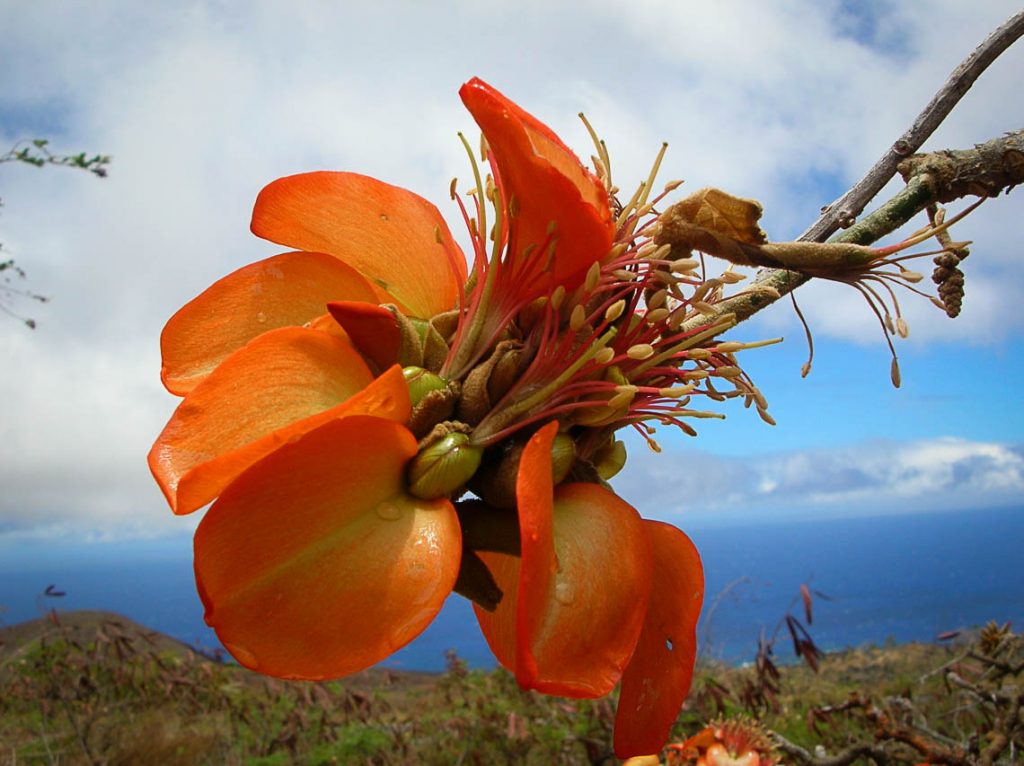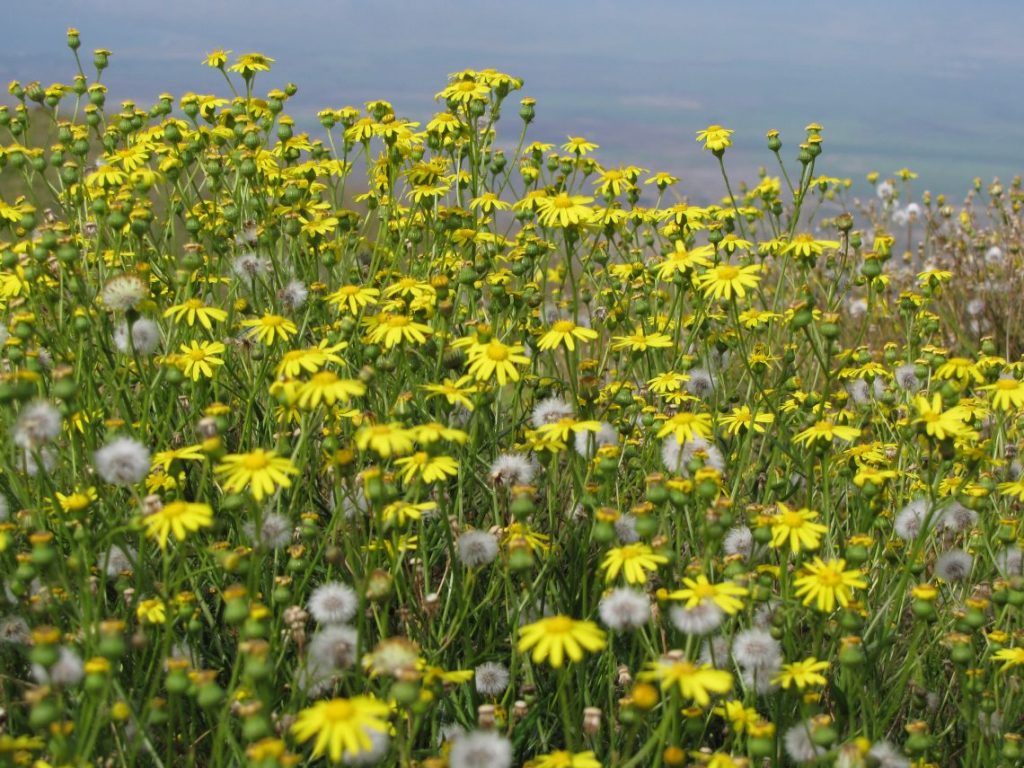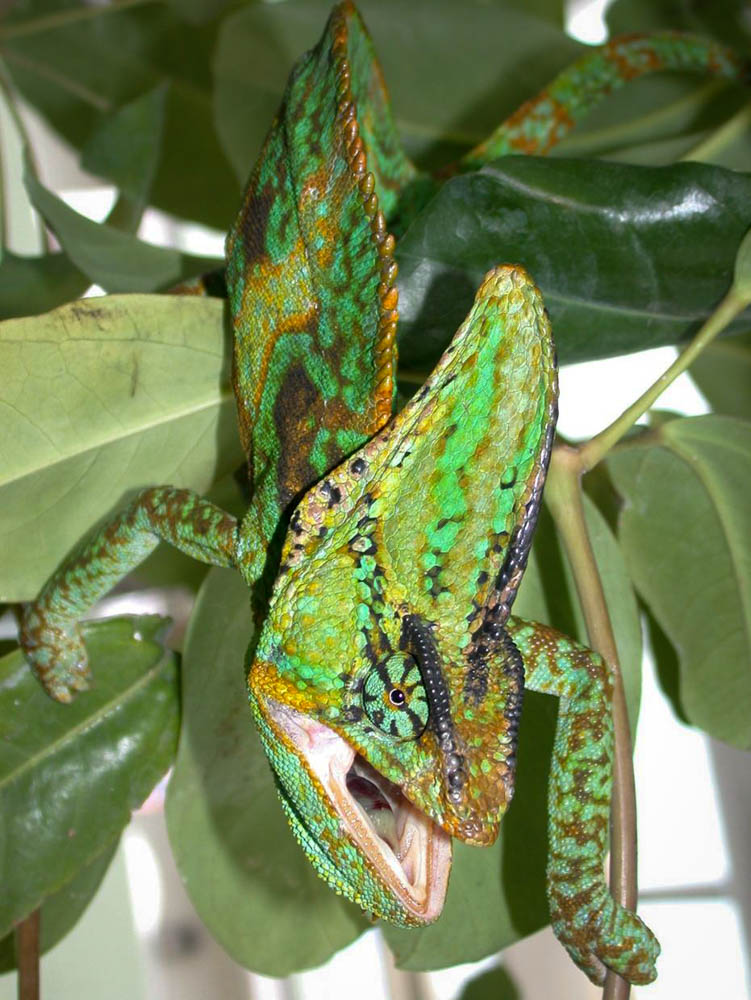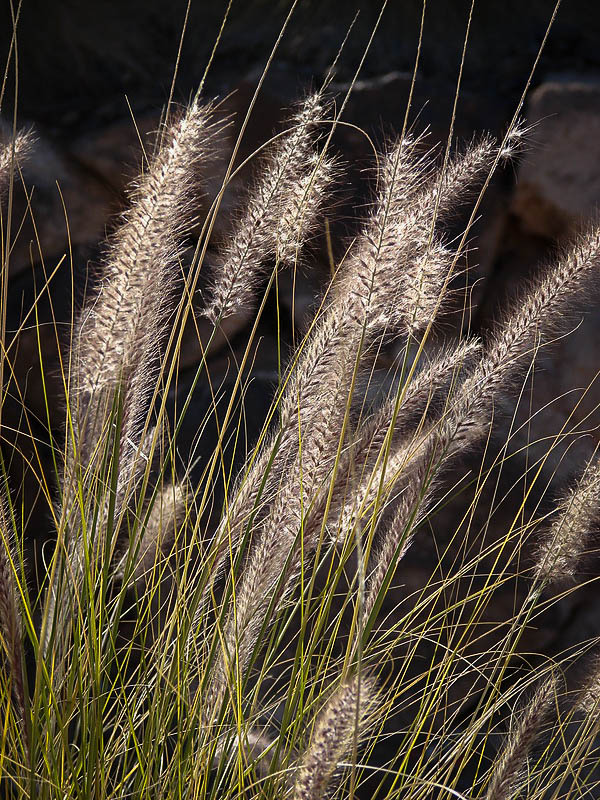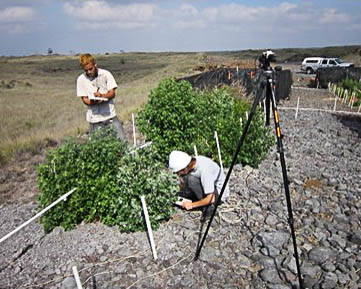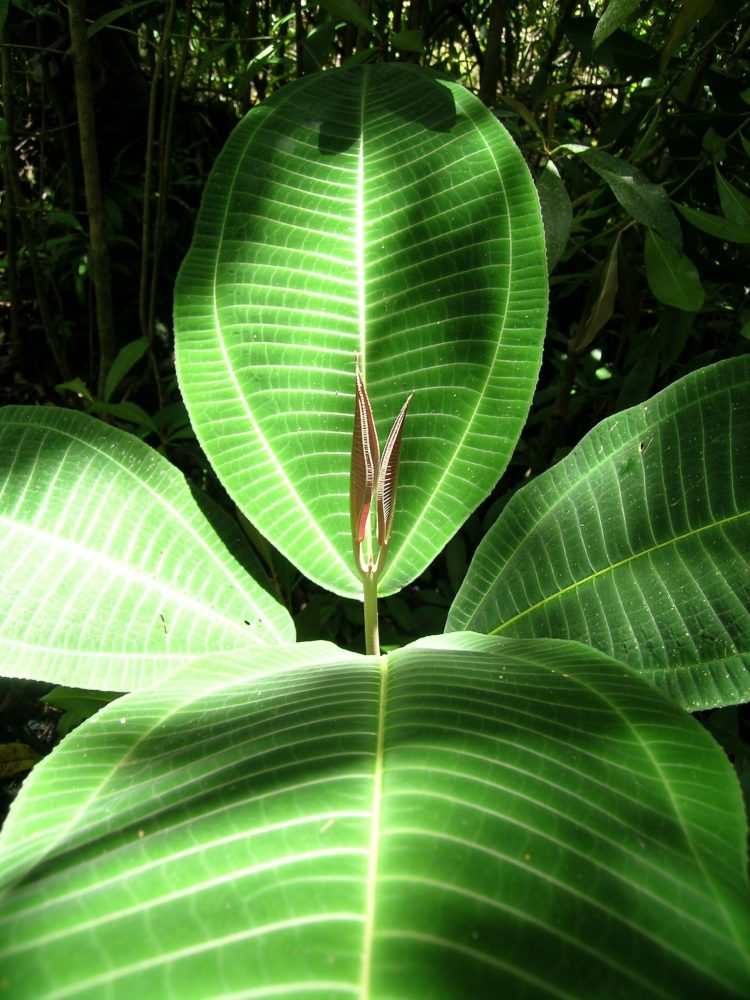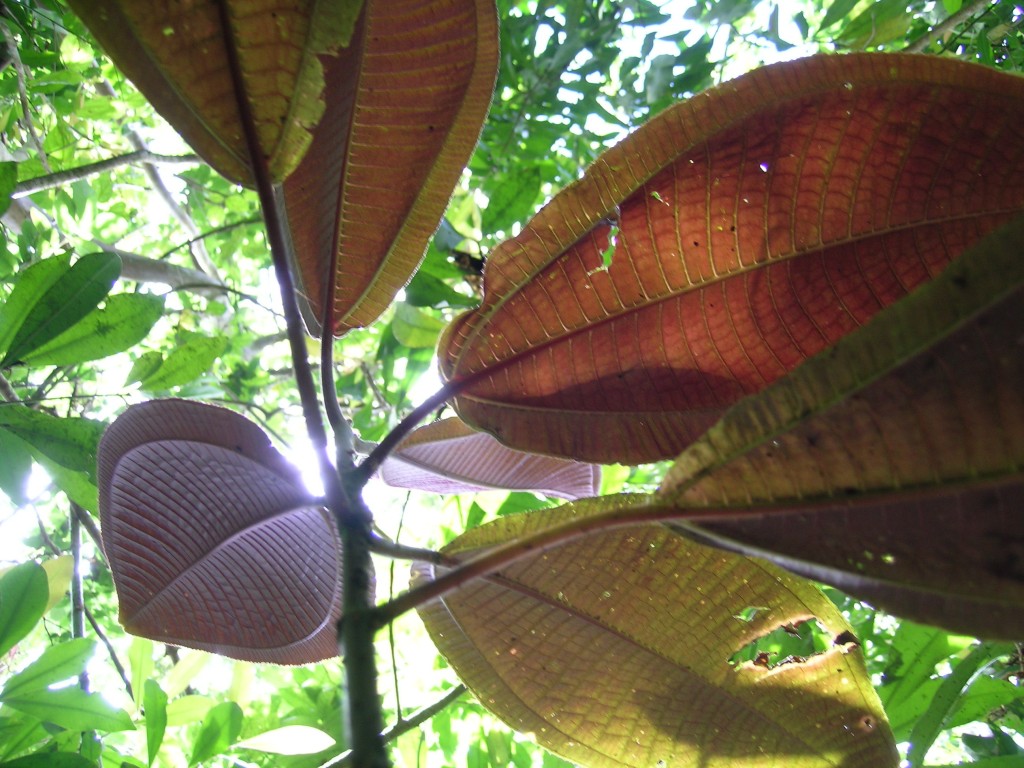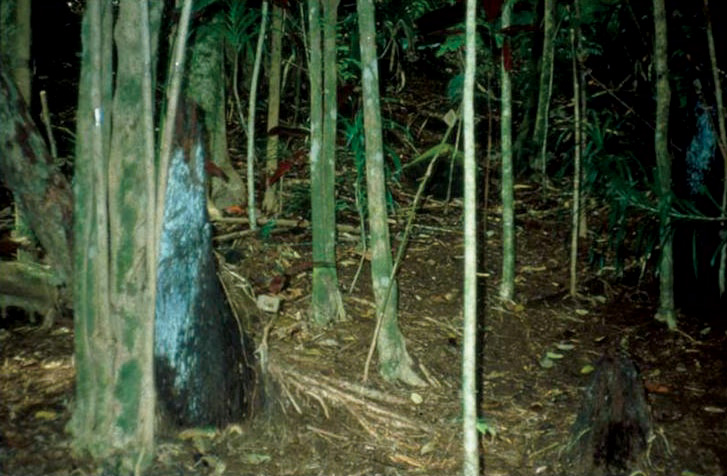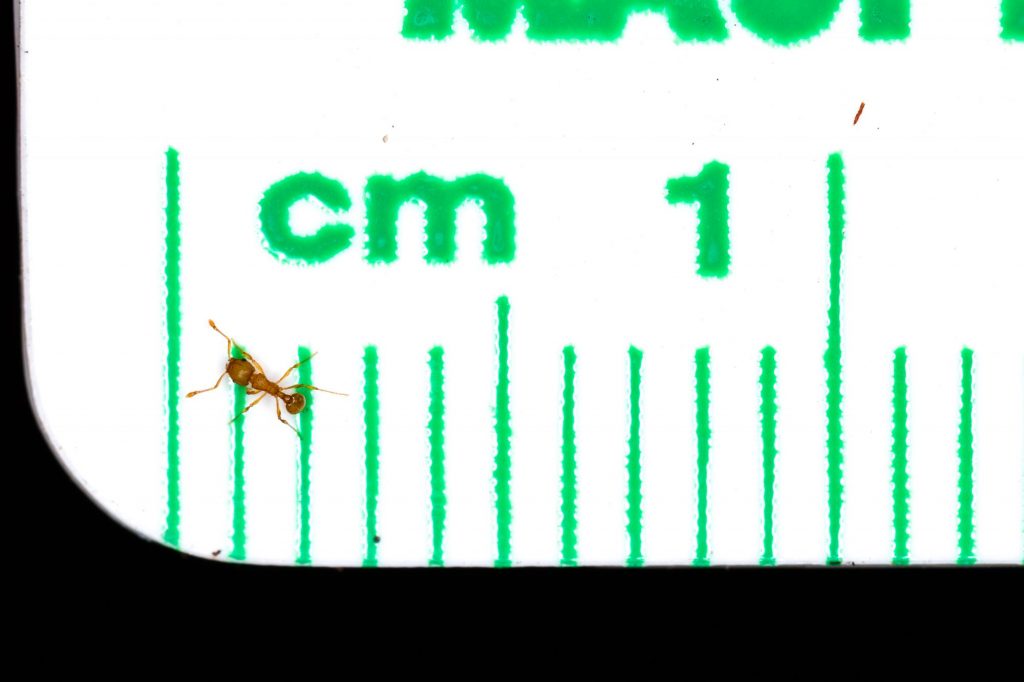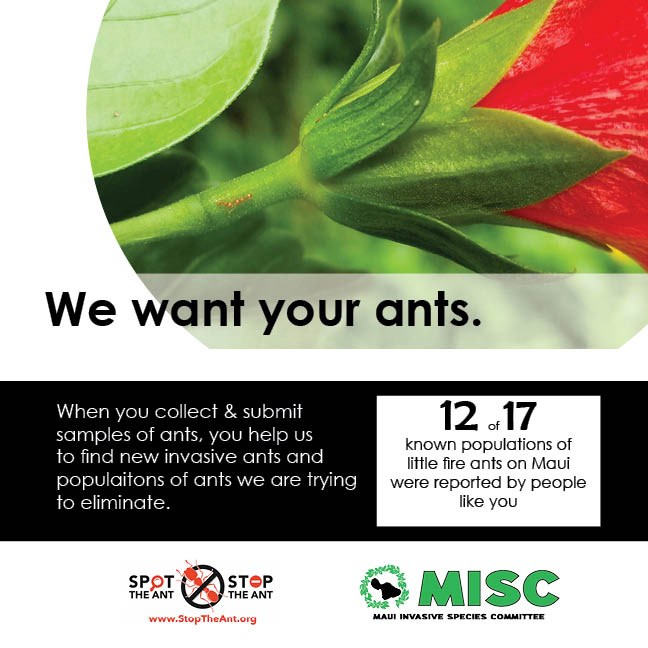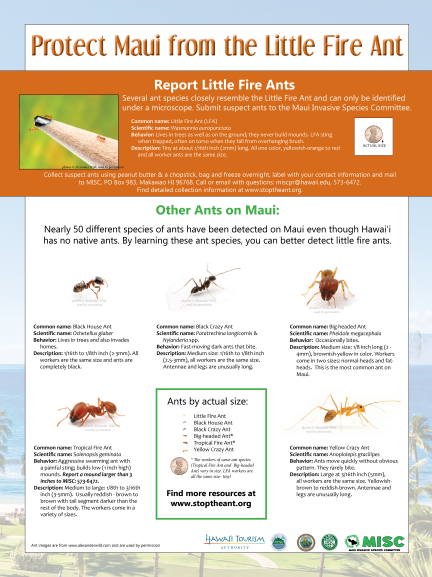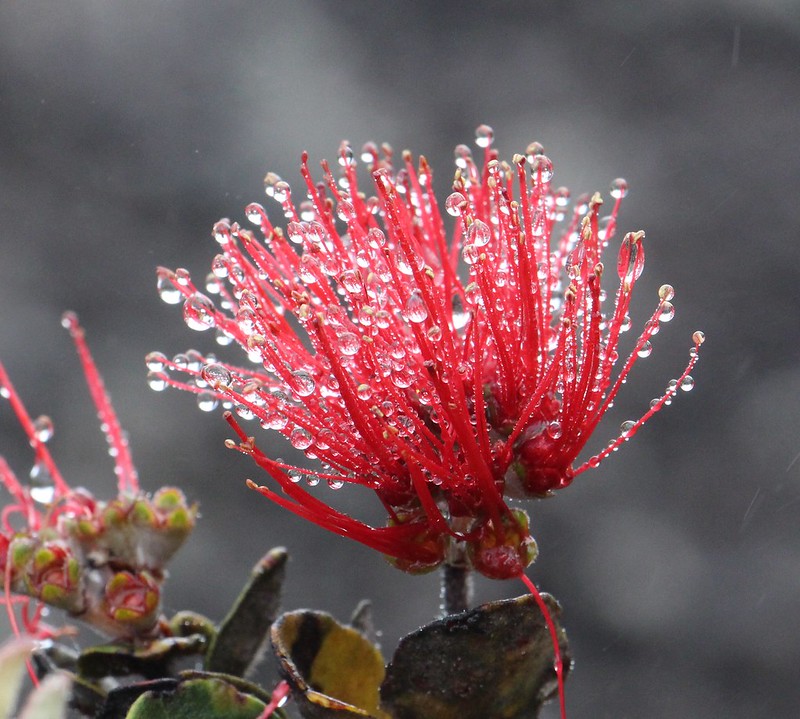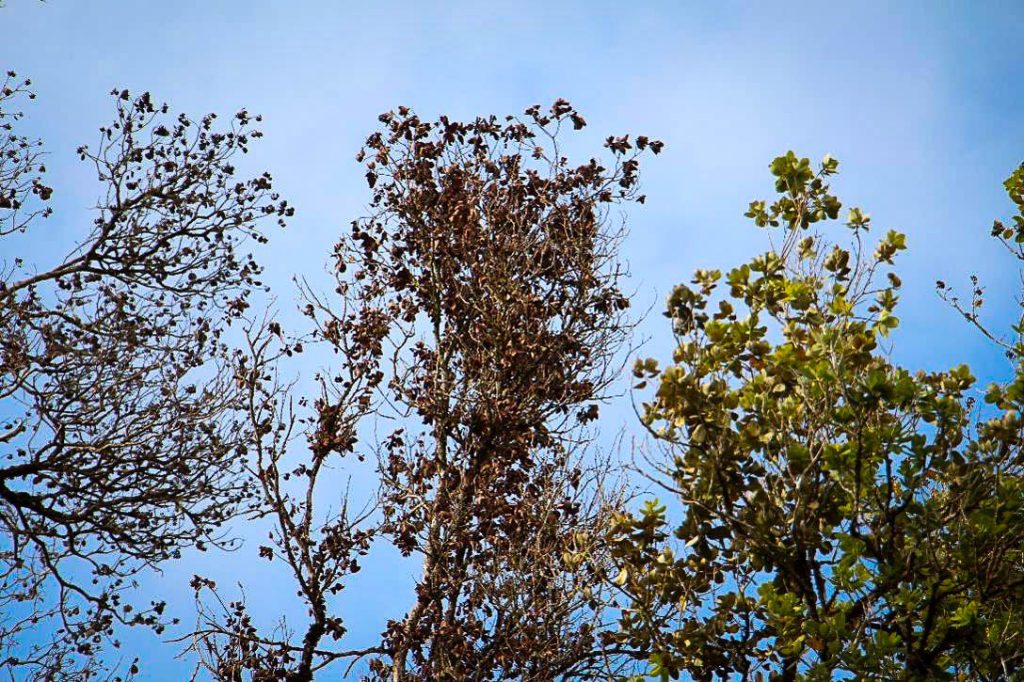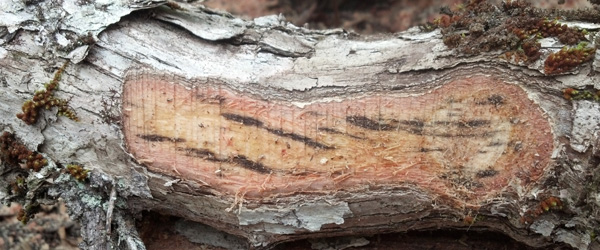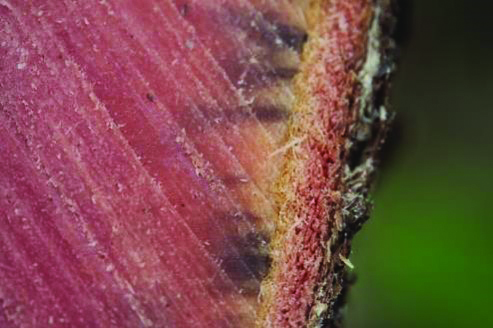Hawaiʻi is the only state in the U.S. that is rabies-free. State law requires that dogs, cats and carnivores complete a quarantine before entering our islands to ensure that they don’t bring in this deadly virus. However, the process of keeping our rabies-free status has started to get a little smelly with the appearance of several recent hitchhikers.
Over the last three years, Hawaiʻi Department of Agriculture (HDOA) Plant Quarantine Branch (PQB) Inspectors successfully captured four skunks near the harbors and airports in Honolulu and Kahului. And citizens have reported other sightings: In May 2020, someone submitted a video to a social media site showing a skunk in Polipoli. At the end of January of this year, a skunk was filmed near the Costco Maui gas station. In both instances, HDOA PQB Inspectors immediately searched the surrounding areas, deployed traps, and conducted outreach to businesses and the general public, but have not caught anything to date.
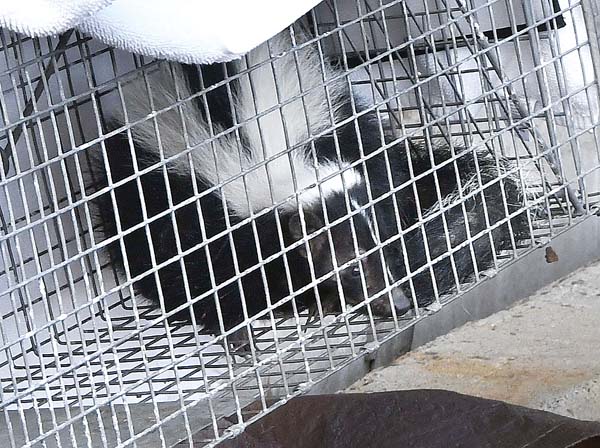
There are no skunks in Hawaiʻi, outside what’s permitted to live at the zoo. Skunks are among the leading wild carriers of the rabies virus (other significant carriers are bats, raccoons, and foxes). This viral disease is transmitted through an animal’s bite, infecting mammal’s central nervous systems and ultimately causing disease in the brain and death. Vaccinations protect pets and domestic animals in the continental U.S., however, there are still cases of pet and human exposures. Each year in the U.S., hundreds of thousands of animals need to be placed under observation or tested for rabies, and between 30,000 to 60,000 people need to receive rabies post-exposure treatment.
In the continental U.S., skunks live in diverse desert, forest, and mountain ecosystems. They prefer open spaces to forage and are primarily nocturnal. Skunks are typically the size of a cat, and are famous for their foul-smelling defense mechanism to deter predators: well-developed scent glands and coordinated muscle control let them accurately aim their spray up to six feet away.
Although it is unknown how skunks snuck into Hawaiʻi, Fern Duvall, Native Ecosystems Protection and Management Maui Nui Program Manager of the Department of Land and Natural Resources Division of Forestry and Wildlife, suspects that it’s all about location. “Since skunks prefer open spaces, they could be foraging around loading areas near shipping containers”, Duvall explains, “Since they’re nocturnal, they could seek shelter in a dark container and when the sun starts to rise, accidentally get locked in.” Duvall also mentions the danger of proximity of Maui feral cat colonies to points of entry if skunks were to get loose,
“Skunks could seek food at feral cat feeding stations nearby the harbor and Kanahā Wildlife Refuge. If a rabid skunk were to bite a feral cat, it would spread quickly, creating a serious health crisis for pets and humans alike.”
A rabid skunk could impact native wildlife as well. Hawaiʻi’s only two native land mammals are the Hawaiian Hoary Bat and Hawaiian Monk Seal. Since all mammals are susceptible to the rabies virus, this deadly disease can be transmitted to these species by a rabid animal. Even if not carrying the rabies virus, skunks could eat the eggs and chicks of ground-nesting native birds, some of which are endangered and found nowhere else in the world.
Officials continue to rely on the public to be the eyes and ears of our communities to report unusual animals such as skunks. Maui HDOA Master Journeyman Inspector, Marshall Loope, encourages the public to immediately report any skunk sightings. “If you think you see a skunk, please note an exact, detailed location of where you saw it. If it left any tracks in dirt or sand, take photos of that as well.” Loope cautions the public not to approach a skunk if sighted, “HDOA officials have extensive training and wear personal protective equipment when trapping or encountering any wild animal. If you see a skunk, do not approach or try to capture it. Instead, take a photo or video from a safe distance and report immediately.” If you see a skunk, or any unusual new pest, please report it to the Maui HDOA office by calling (808) 872-3848, going online to www.643pest.org, or calling (808) 643-PEST (7378).
Serena Fukushima is the public relations and education specialist for the Maui Invasive Species Committee. She holds a bachelor’s degree in environmental studies and a graduate degree in education from the University of Hawaii at Manoa. “Kia’i Moku, Guarding the Island” is written by the Maui Invasive Species Committee to provide information on protecting the island from invasive plants and animals that threaten our islands’ environment, economy and quality of life.
This article was originally published in the Maui News on March 13, 2021 as part of the Kia‘i Moku Column from the Maui Invasive Species Committee.
Read more Kiaʻi Moku articles


